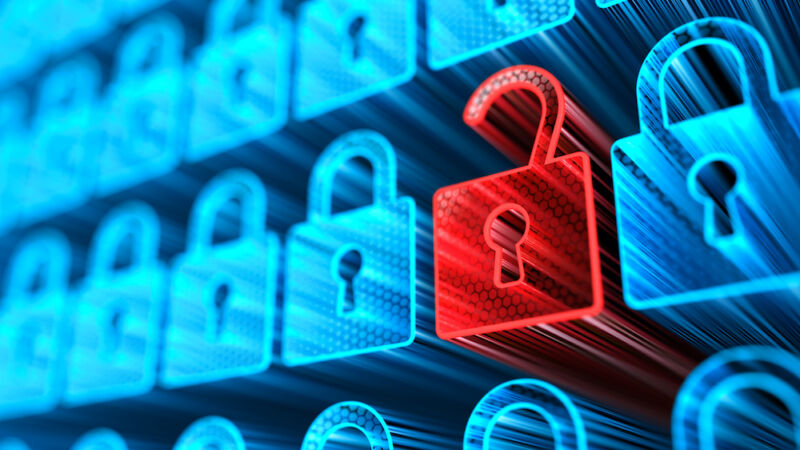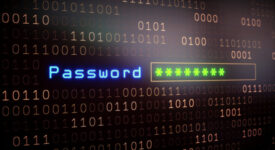 reader comments
reader comments
90 with 70 posters participating
Network devices maker Ubiquiti has been covering up the severity of a data breach that puts customers’ hardware at risk of unauthorized access, KrebsOnSecurity has reported, citing an unnamed whistleblower inside the company.
In January, the maker of routers, Internet-connected cameras, and other networked devices, disclosed what it said was “unauthorized access to certain of our information technology systems hosted by a third-party cloud provider.” The notice said that, while there was no evidence the intruders accessed user data, the company couldn’t rule out the possibility that they obtained users’ names, email addresses, cryptographically hashed passwords, addresses, and phone numbers. Ubiquiti recommended users change their passwords and enable two-factor authentication.
Device passwords stored in the cloud
Tuesday’s report from KrebsOnSecurity cited a security professional at Ubiquiti who helped the company respond to the two-month breach beginning in December 2020. The individual said the breach was much worse than Ubiquiti let on and that executives were minimizing the severity to protect the company’s stock price.
The breach comes as Ubiquiti is pushing—if not outright requiring—cloud-based accounts for users to set up and administer devices running newer firmware versions. An article here says that during the initial setup of a UniFi Dream Machine (a popular router and home gateway appliance), users will be prompted to log in to their cloud-based account or, if they don’t already have one, to create an account.
“You’ll use this username and password to log in locally to the UniFi Network Controller hosted on the UDM, the UDM’s Management Settings UI, or via the UniFi Network Portal (https://network.unifi.ui.com) for Remote Access,” the article goes on to explain. Ubiquiti customers complain about the requirement and the risk it poses to the security of their devices in this thread that followed January’s disclosure.
in 2015 and again three years later.
At a minimum, people using Ubiquiti devices should change their passwords and enable two-factor-authentication if they haven’t already done so. Given the possibility that intruders into Ubiquiti’s network obtained secrets for single sign-on cookies for remote access and signing keys, it’s also a good idea to delete any profiles associated with a device, make sure the device is using the latest firmware, and then recreate profiles with new credentials. As always, remote access should be disabled unless it’s truly needed and is turned on by an experienced user.






